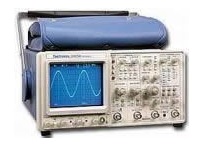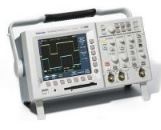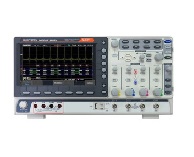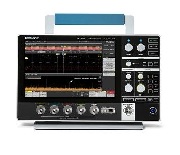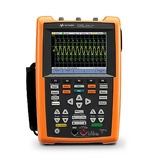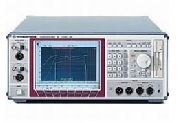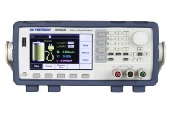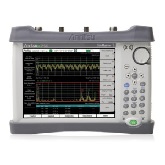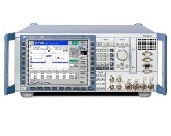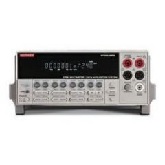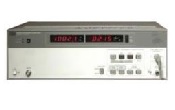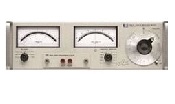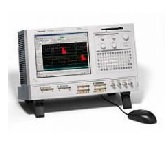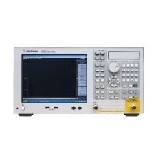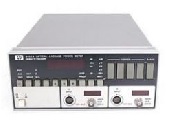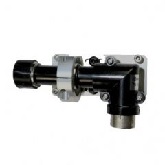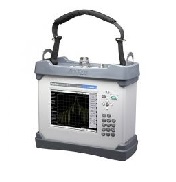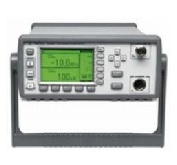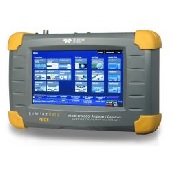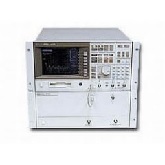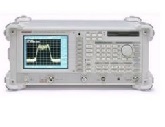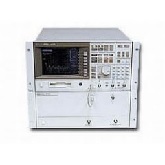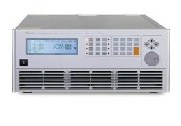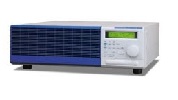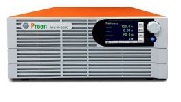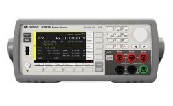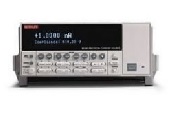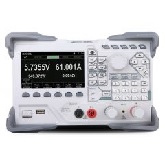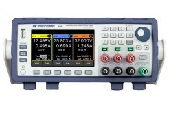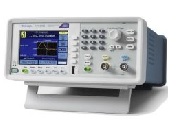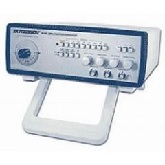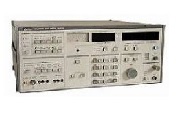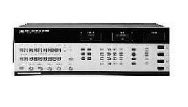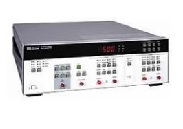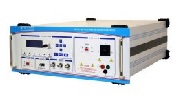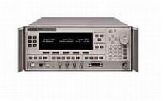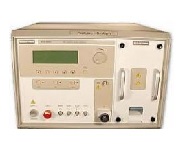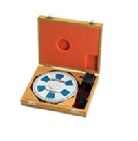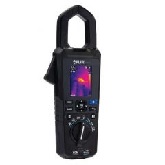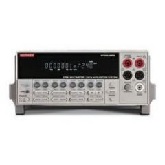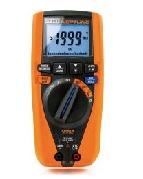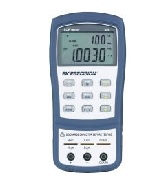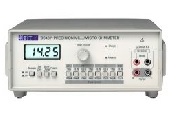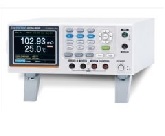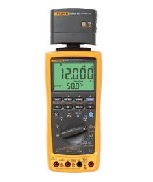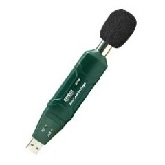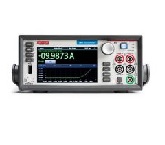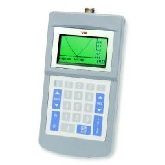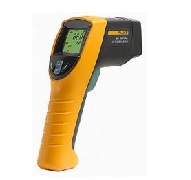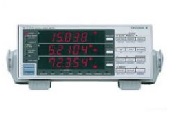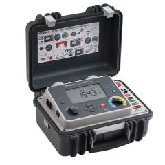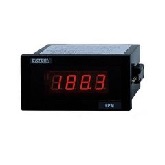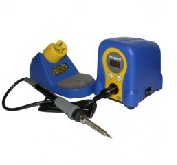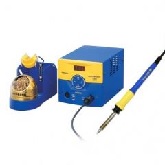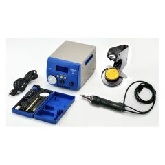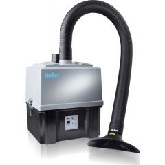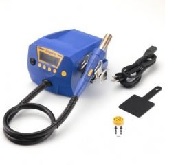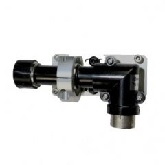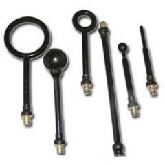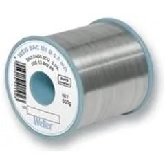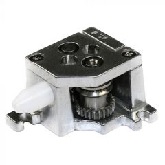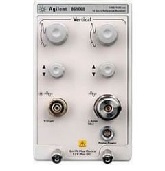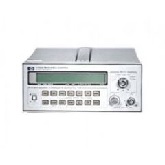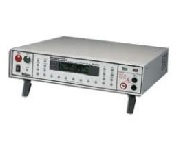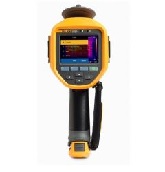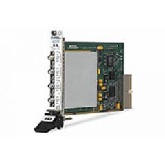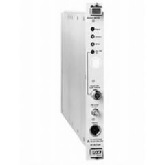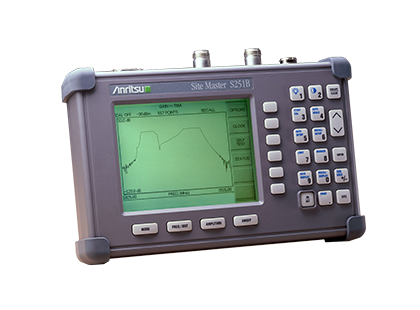Additional Features:
- Frequency range: 625-2500 MHz
- Frequency accuracy: 75
- Resolution kHz: 10
- Markers: 4
- Display point (Max.): 517
- Sweep Rate ms/point: 40
- Interference Immunity: +10 Trans. +30 dBc
- Calibration: Instrument Configurations: 10
- Data Storage
- Reporting: Alpha Numeric, Time/Date Stamp, Numeric
- Memory Locations (Max): 200
- Measurement Characteristics: Return Loss, SWR, Cable Loss, and Distance-To-Fault
- Site Master Applications: Paging, Wireless Local Loop, SMR/ESMR, Cellular, GPS, GSM 1800, GSM/PCS 1900, ISM, Avionics
The S251B is a hand held SWR/RL transmission gain/loss and Distance-To-Fault measurement instrument that includes a built-in synthesized signal source.
The Anritsu S251B Site Master cable and antenna analyzer performs return loss/SWR and fault identification in Cellular, PCS/DCS, paging, WLAN/ WPBX and other communication system applications. Designed to withstand the rigors of field use, the S251B Site Master provides easy-to-use, accurate, repeatable performance in lightweight, battery-operated unit covering the 625 MHz to 2500 MHz range.
The S251B Site Master's menu driven interface requires little training and simplifies the field engineers and technicians task of site-to-site deployment and maintenance by identifying, recording and solving problems without sacrificing measurement accuracy. Users are able to store ten test setups and up to 200 measurement traces in nonvolatile memory. A notebook computer can be used with the RS-232 interface for automated control and data collection in the field.
Reporting software for PC use is Windows 95/98, NT workstation compatible and supports long alpha-numeric file names for desciptive data labeling. The software can store an unlimited number of data traces for comparison to historical performance. Data traces can be easily and quickly downloaded from the Site Master to a PC database with a single menu selection or a printer via an RS-232 serial cable for analysis.
Utilizing vector error correction, Site Master delivers accurate, reliable and repeatable return loss/SWR and fault location measurements. Site Master's high immunity to interference allows users to conduct measurements of an active site without the loss of accuracy.
Designed specifically for field environments, Site Master withstands harsh environments and rough handling. Built-in energy conservation combined with rechargeable battery pack allows users to extend battery life beyond an eight hour work day. The S251B can also be operated from a 12.5 Vdc source such as an AC-DC adapter or automotive cigarette lighter adapter, which also simultaneously charges the battery.
Cost Savings and Quality Improvement
Wireless market competition requires operators to reduce per site maintenance expense. Site Master's Frequency Domain Reflectometry (FDR) techniques break away from the traditional fix-after-failure maintenance process by finding small, hard to identify problems before major failures occur.
Site Master's approach to preventive maintenance pays for itself quickly. A poorly installed weather seal will corrode connectors and, if undetected, will eventually damage expensive coaxial cable. Only Site Master has the sensitivity to identify the connector problem before the cable is damaged. Distance-To-Fault provides the clearest indication of trouble areas.
Where antenna system performance remains stable, Site Master's excellent repeatability shows a nearly identical Distance-To-Fault (DTF) display. Climbing to the antenna becomes unnecessary; Site Master verifies antenna characteristics from ground level.
FDR Technique
Frequency Domain Reflectometry, (FDR), and Time Domain Reflectometry, (TDR), have similar acronyms, and both techniques are used to test transmission lines. But, that's where the similarities end. TDRs are not sensitive to RF problems: the stimulus is a DC pulse, not RF. Thus, TDRs are primarily used after antenna system failures-a Fix-After-Failure maintenance philosophy.
The Failure Prevention approach inherent to FDR techniques saves the expense of trouble shooting time and cable replacement. FDR techniques enhance quality because the system isn't allowed to degrade into a failure. Deficient connectors, lightning arrestors, cables, jumpers, or antennas are replaced before call quality is compromised.
TDRs are unable to evaluate antenna quality. Since FDR technique uses an RF sweep, antennas are tested at their correct operating frequency. Site Master sweeps the antenna accurately with Distance-To-Fault, by compensating for the RF insertion losses in the cable. Thus, tower climbing is rarely necessary.
Site Master's sweep signal can pass through quarter-wave lightning arrestors-providing an accurate display of the subsequent transmission line's characteristics. DC pulses from a TDR can't see beyond band limiting devices such as filters, quarter-wave lightning arrestors, or duplexers.
| Manufacturer | Anritsu |
|---|---|
| Condition | Used |
| Frequency | 3.5 GHz |


